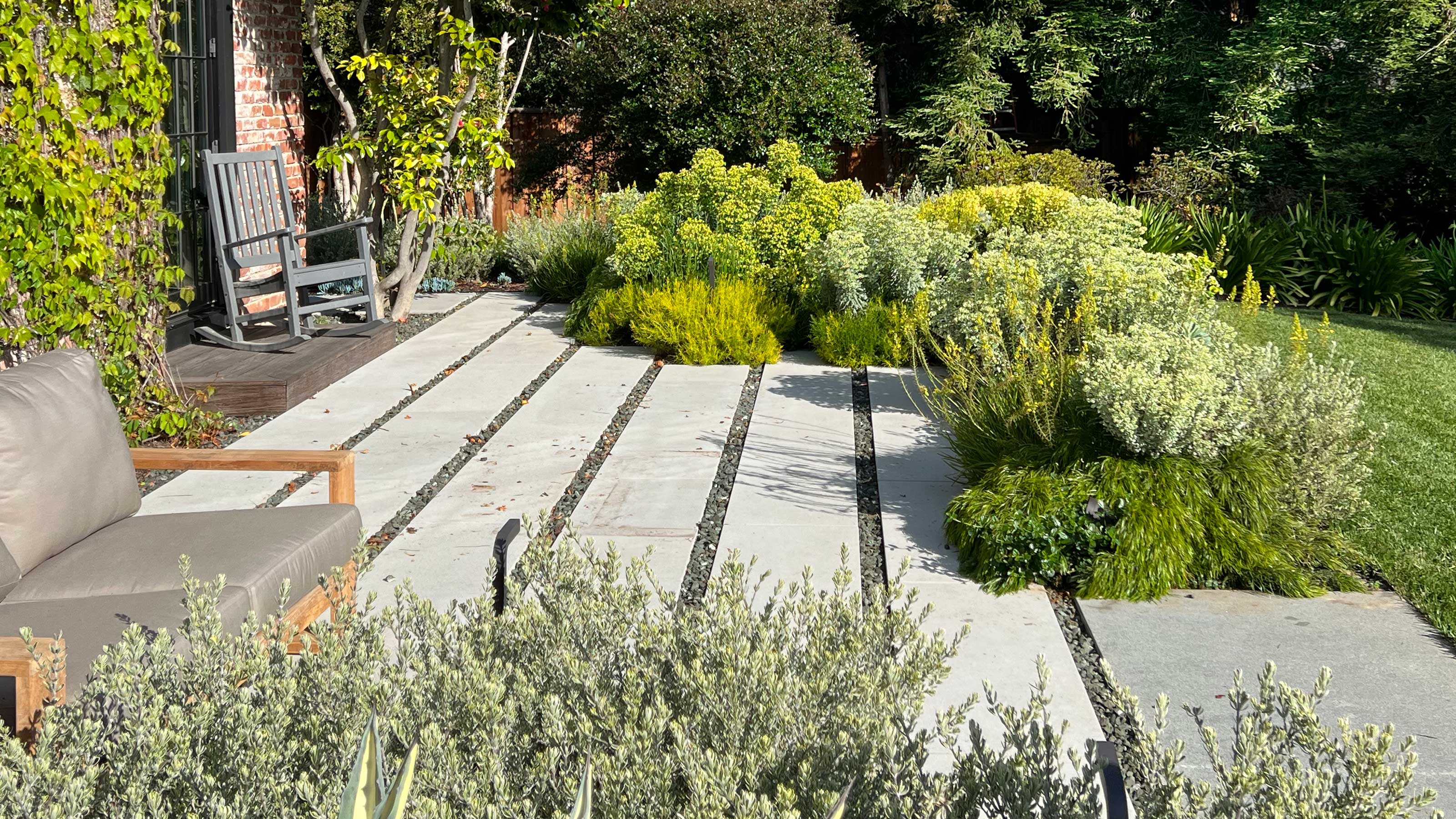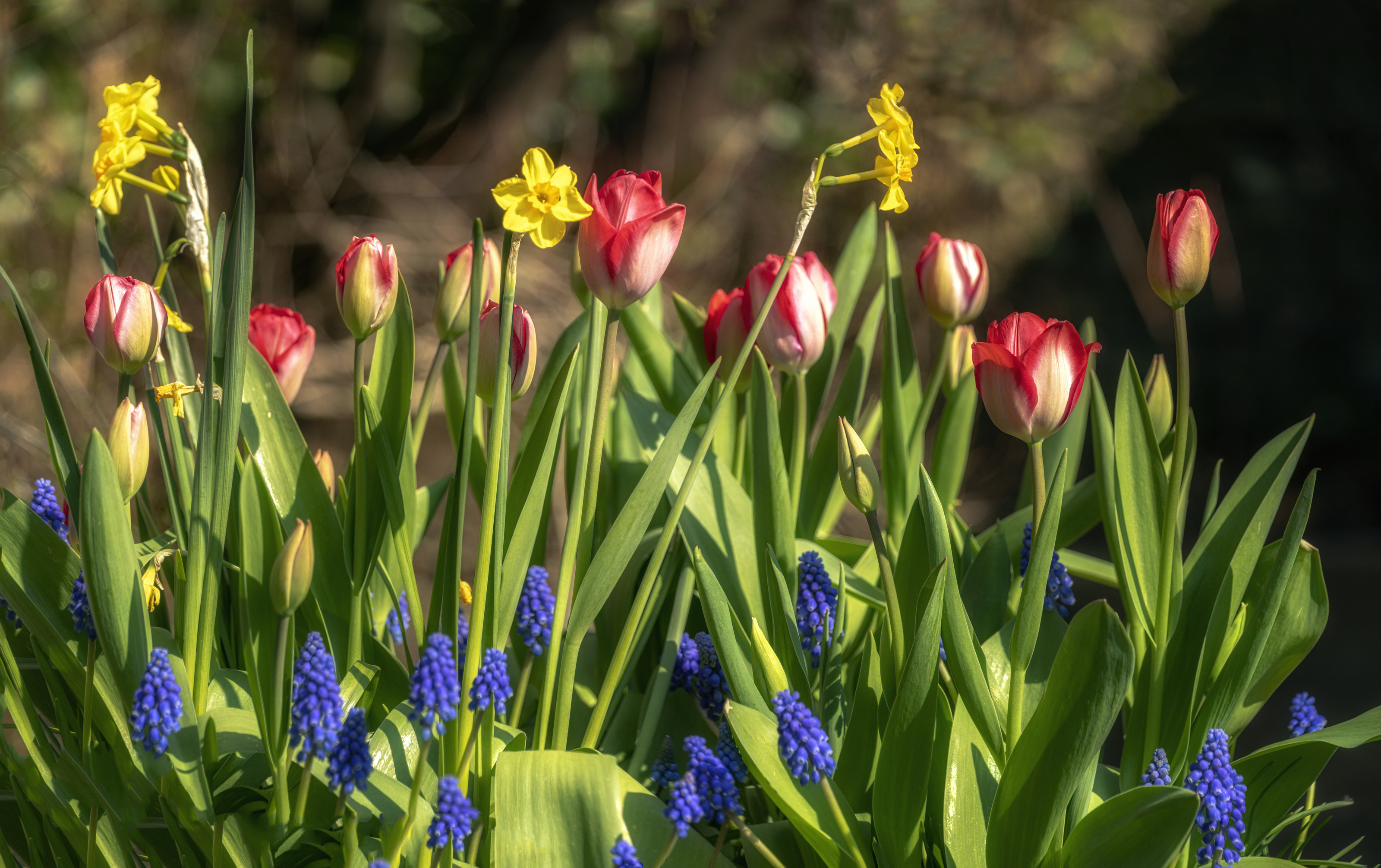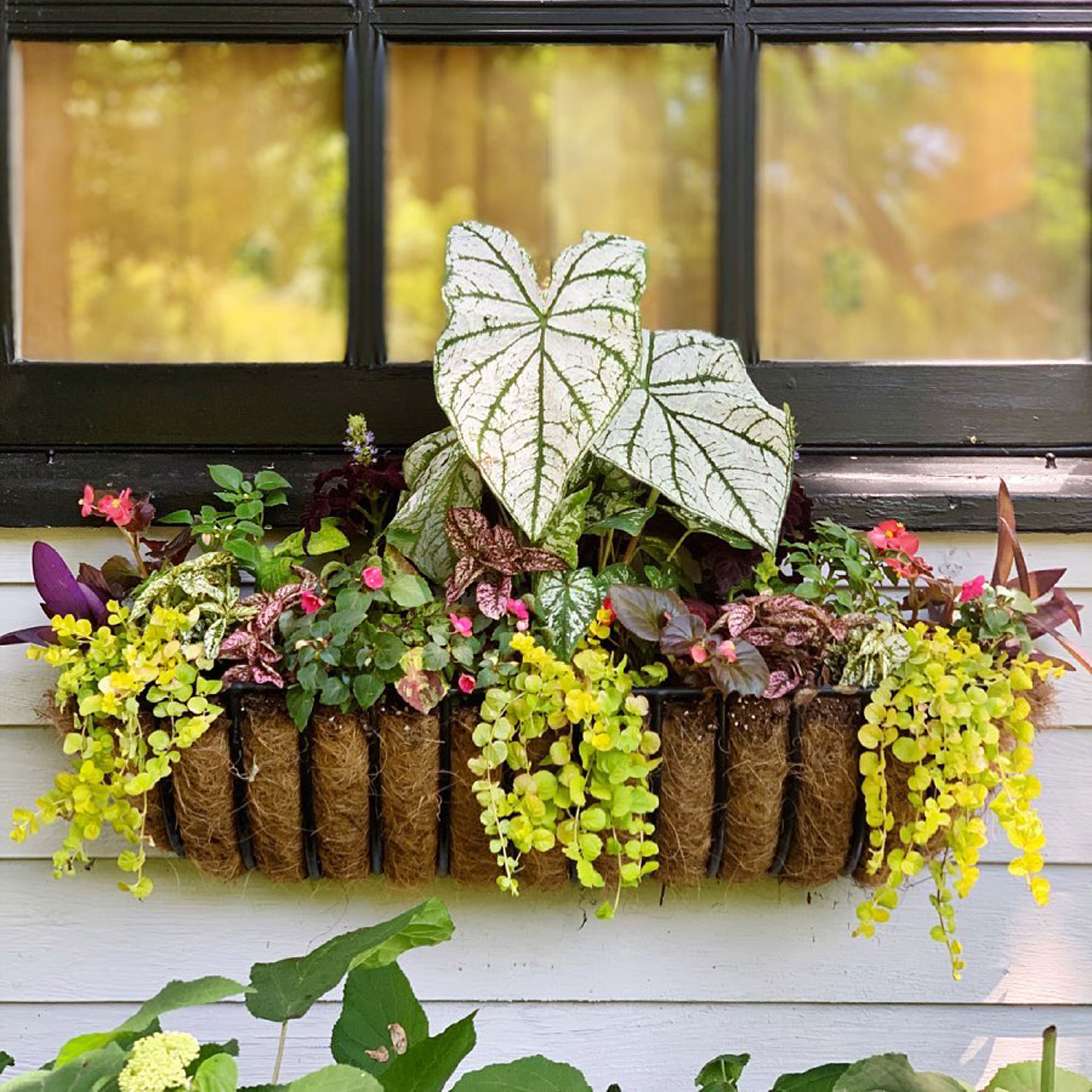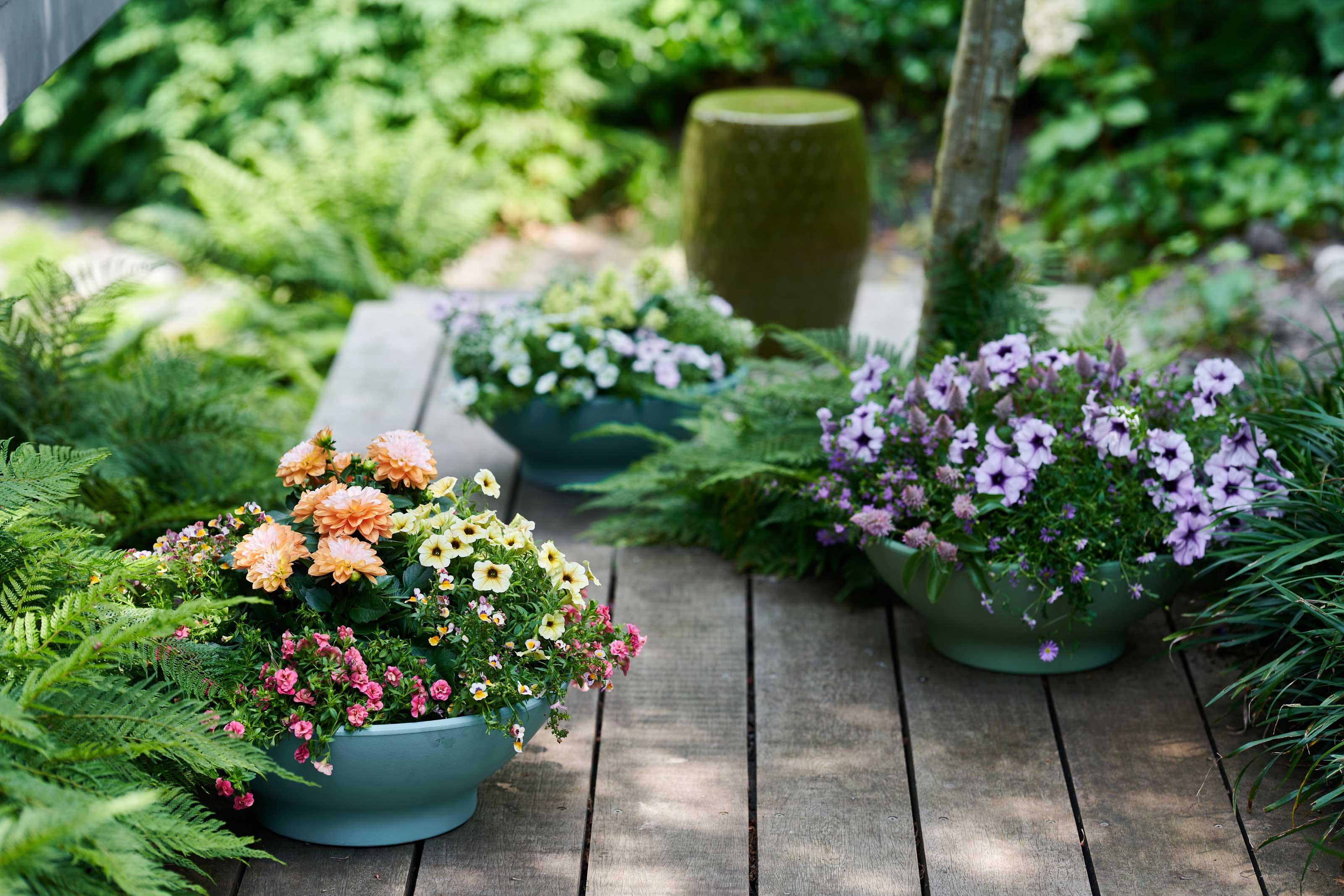
If your foray into the world of gardening is still relatively new ground, you might be wondering why those flowers you diligently planted in spring just aren't the dimensional display you hoped they would be. Maybe the flowerbed you worked tirelessly to plant is lacking that certain je ne sais quoi, or perhaps the potted shrubs flanking your front porch are more lackluster than you envisioned - it's like something is missing, but you just can't place your finger on it. Well, you'll be pleased to hear that we might have the answer to change that.
Gardeners have many a trick up their sleeve when it comes to cultivating a beautiful outdoor space, and we've unearthed one planting secret that's wonderfully simple yet oh-so effective. Honestly, it could be the key to elevating your backyard once and for all. Want to know more? Here, we lay bare one of the best gardening tips you might ever learn, and it even has its roots in the world of interior design!
Have you ever heard the saying that even numbers bore the eye? Well, it's true. Ask any designer and they'll tell you, when it comes to styling shelves, arranging a mantel, or curating a display cabinet, odd numbers are your friend.
It makes sense, then, that the exact same rule applies to planting. Uniformity in even numbers looks rigid, unnatural, and one-dimensional, and relying on an equally balanced look could be the biggest mistake you're making when gardening. But why, and how does the idea work in practice? We asked some experts to find out.
What are the benefits of planting in threes?

Planting your flowers or shrubs in groups of threes - or any odd number - could be the one change you need to turn your backyard into the beautiful oasis you always dreamed it would be. If you're not yet sold on the idea, this list of benefits might encourage you.
First off, it looks more natural. In the wild, plants tend to clump together and won't ever form rigid lines unless they've been planted that way by us. 'Planting in odd numbers creates visual interest and dimension, preventing static or boring beds,' explains Diana Cox of The Gardening Talk. 'Mimicking nature's randomness is key for an authentic look.'
The visual effect of clusters of odd numbers can also add dimension to your flower beds or planters. 'Planting in threes helps to create an impact and stops the plants getting lost,' says Hannah Bryce, gardening expert and founder of Minnow & Wolf Flowers. 'If you're working with a large border you can increase this again and plant out in fives, sevens, or more.'
While useful for the like of container gardening, odd numbers are especially effective when it comes to growing more diverse flowerbeds or herbaceous borders. 'As an experienced gardener, I always keep the rule of threes in mind when designing spaces,' says Diana. 'Threes are ideal for showcasing a focal point plant, and flanking them on both sides draws the eye towards it.'
3 tips on planting in threes
Keeping with the theme, we asked Diana and Hannah for three top tips on how to apply planting in threes to your modern garden for the most visually appealing display possible.
1. Vary colors and textures

One surefire way to make an even number of plants look duller than they already do is by failing to include a mix of colors and textures. You can do this using different plant species, or by using the same plant but different varieties.
'Three purple plants, three silver, and three green make a vibrant combo,' says Diana. 'Remember to keep height in mind and think vertically, too. Using three tall spikes, three mid-height mounds, and three low-growing spreads creates an ultra-dimensional look.'
2. Avoid straight lines
You've opted to plant three bulbs in your container rather than the four you planned on before, but then you make the rookie error of planting them in a neat row. If you really want your planter to impress, avoid straight lines under any circumstances.
'Plants can be arranged in a cluster which looks more natural,' says Hannah. 'Whatever you do, always stagger the plants and avoid straight lines. You want the plants to grow as they would in nature.'
3. Use threes within threes

Not to get all meta about things, but you don't need to stop at one group of three. Use trios of threes within a border or container if you want your plants to have maximum impact. 'Three tall plants surrounded by three medium and three short plants makes a lovely mixed garden border,' says Diana. 'Along with varying colors and textures, it's one of the easiest ways to create a top-notch garden design.'







